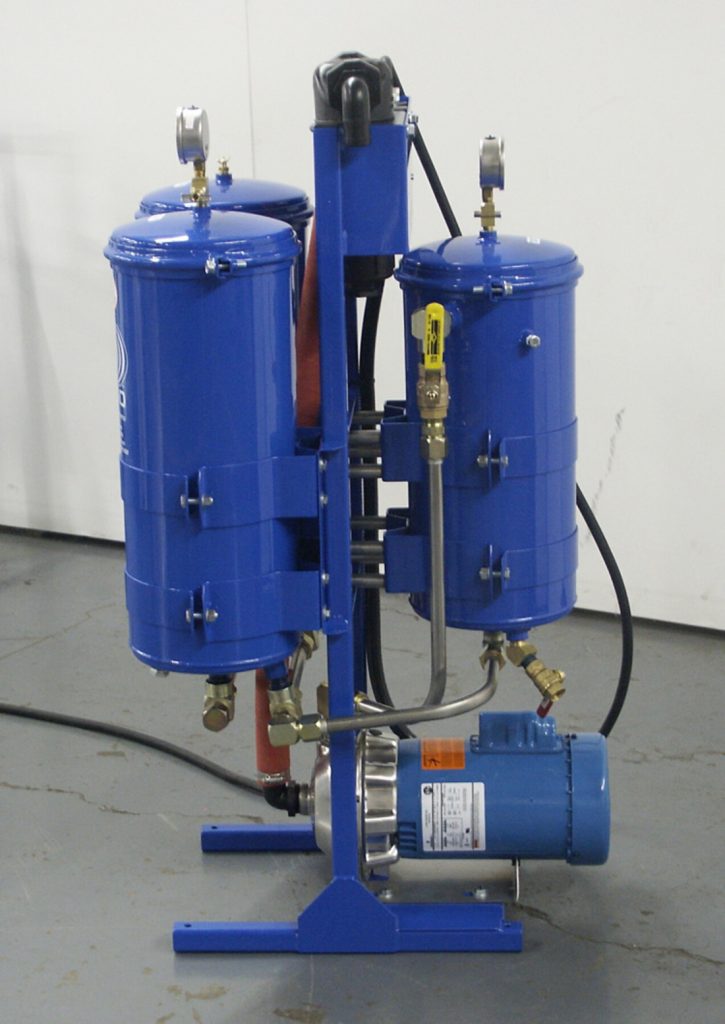Quenching oil system play a critical and often underappreciated role. These systems are not just cooling solutions — they are engineered environments where metals undergo rapid thermal transitions to acquire specific mechanical properties such as hardness, strength, and wear resistance.
Unlike water or polymer quenching, oil offers a more controlled and uniform cooling rate, reducing the risks of distortion, cracking, or residual stress — especially in complex or sensitive components. Industries such as automotive, aerospace, defense, tool manufacturing, and heavy machinery rely on quenching oil systems to deliver repeatable, safe, and optimized results.
Purpose Beyond Cooling
Quenching is not simply about lowering temperature — it’s about controlling the rate of phase transformation in metals. The goal is to lock in specific mechanical properties like hardness and tensile strength. For example, in steel, a fast quench can trap carbon in a martensitic structure, delivering high strength. But for other applications, too-rapid quenching can cause brittleness or cracking. Hence, oil-based systems offer moderated cooling, which balances speed and uniformity.
Tailored Viscosity Grades
Quenching oils come in different viscosity grades, each suited to specific materials and part geometries. Lower-viscosity oils (e.g., ISO VG 22) provide faster cooling rates, ideal for hard steels, while higher-viscosity oils (e.g., ISO VG 100) slow the quench down, minimizing thermal shock in delicate or thin-walled components. Selecting the right grade is essential to achieving desired metallurgical outcomes and avoiding internal stresses.
Sludge Management System
Over time, oils degrade and form sludge due to oxidation, carbon buildup, and particulate contamination. A high-quality quenching system includes in-line filtration, sludge traps, and surface skimmers. These remove metal fines, scale, and carbon deposits to keep the oil clean. Clean oil means better heat transfer, reduced fire hazard, and more consistent part quality.
Additive-Enriched Oils
Premium quenching oils are formulated with special chemical additives:
- Antioxidants slow the degradation of oil during repeated heat cycles.
- Antisludge agents minimize the buildup of deposits.
- Anti-smoke additives help in reducing visible emissions during operation. These additives improve oil performance, reduce maintenance frequency, and enhance operator safety, especially in sealed or low-ventilation environments.
Automation and Process Monitoring
Modern quenching oil systems are often equipped with digital controls and sensors for:
- Oil temperature
- Flow rate
- Part surface temperature
- Contaminant levels These parameters are monitored in real time, and automated alarms or adjustments can be triggered to maintain process stability. This level of automation ensures repeatable results, reduces human error, and supports documentation for quality assurance.
Fire Safety Design
Since hot oil can be a fire hazard, especially during large-scale operations, safety is a top priority. Advanced systems feature:
- Auto-closing lids
- Nitrogen blanketing systems
- Flash point monitors
- Emergency shut-off mechanisms These safety components minimize the risk of fire and protect both equipment and personnel. Using high-flash-point oils further enhances safety during quenching at elevated temperatures.
Well-designed quenching oil system is more than just a support mechanism for heat treatment — it’s a core process asset that defines the quality, safety, and productivity of thermal operations. From stabilizing part microstructure to reducing post-treatment defects and maximizing oil life, these systems contribute to cost-effective, high-quality production cycles. As industries strive for zero-defect manufacturing, sustainability, and process automation, investing in an efficient quenching oil system is not just about better cooling — it’s about achieving metallurgical precision, minimizing energy waste, and enhancing workplace safety.
